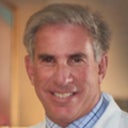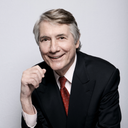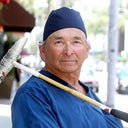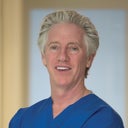I am a 43-year-old active woman (crossfit 5 times a week) and other activities. Over the last year, I have noticed a dramatic change in my cheeks and nasolabial folds. I have tried injections but they seemed to have lasted less than 6 months and cost me a small fortune. Would love your thoughts on what my best solution would be. Fat grafting? PDO threads (although I'd like something long term), facelift etc.
Answers (6)
From board-certified doctors and trusted medical professionals
Dr. Ronald J. Edelson, MD

Dr. Ronald J. Edelson, MD
Board Certified Plastic Surgeon
Answer
Dr. Michael Kulick, MD, DDS

Dr. Michael Kulick, MD, DDS
Board Certified Plastic Surgeon
Answer
Dr. Toby Mayer, MD

Dr. Toby Mayer, MD
Board Certified Facial Plastic Surgeon
Answer
Dr. John J. Martin, Jr., MD

Dr. John J. Martin, Jr., MD
Oculoplastic Surgeon, Board Certified in Ophthalmology
Answer
Dr. William Portuese, MD
Dr. William Portuese, MD
Board Certified Facial Plastic Surgeon
Answer
Dr. Richard W. Fleming, MD (retired)
Dr. Richard W. Fleming, MD (retired)
Board Certified Facial Plastic Surgeon
Answer
More Facelift Questions
See all Facelift Q&AWE SEND PRETTY
EMAILS
What’s trending? Who’s turning heads? Which TikTok myths need busting? We’ve got you. No fluff, no gatekeeping—just real talk. Get our free, unfiltered newsletter.